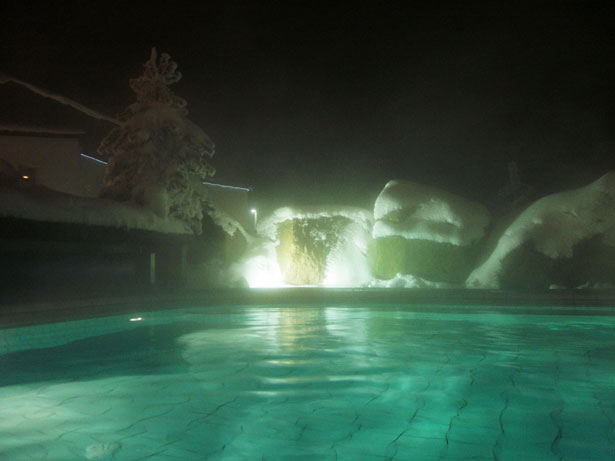Sensory disturbance is common with sensory loss or, more often, non-specific paraesthesia. Neck flexion may cause lightning pains shooting down the body (Lhermitte's phenomenon). Brainstem and cerebellar involvement can give rise to vertigo, vomiting, dysarthria, incoordination and ataxia. Eye movements may be abnormal with internuclear ophthalmoplegia or nystagmus. Fresh relapses can develop within a couple of weeks to numerous years, making up new or earlier skilled signs. This is called secondary chronic-progressive or secondary progressive. Then once again, there are some individuals remaining in a relapsing-remitting course all their lives. The degenerative processes are thought about to play a vital role in this illness course. Various other conditions could consist of trauma and radiation, Kjer type autosomal dominant optic atrophy and temporal arteritis. Optic neuritis prevails in female than male in 3: 1 ratio. It most frequently presents in the northern area and the normal age of presentation is 20 - 50 years of ages. The incidence of optic neuritis is 1- 5 \/ 100 000 \/ year and the prevalence is 115 \/ 100 000 \/ year.
 The investigation requires may include laboratory investigation, imaging techniques and any surgical /diagnostic procedure. The aim of the laboratory investigation is to rule out any underlying disorders. If a patient presented with swollen optic disc or retinal exudates for more than 1 month, without recovery, the following test such as full blood count, syphilis serology test, rapid plasma reagin test, antinuclear antibody test, fluorescent treponemal antibody absorption test is performed. CT scan of the lung is useful to rule out sarcoidosis. It most commonly presents in the northern region and the typical age of presentation is 20 - 50 years old. The incidence of optic neuritis is 1- 5 / 100 000 /year and the prevalence is 115 /100 000/ year. Patient with optic neuritis typically presents with decrease in visual acuity. The vision is deteriorating in hours and days and the vision will reach the lowest level in one week.
The investigation requires may include laboratory investigation, imaging techniques and any surgical /diagnostic procedure. The aim of the laboratory investigation is to rule out any underlying disorders. If a patient presented with swollen optic disc or retinal exudates for more than 1 month, without recovery, the following test such as full blood count, syphilis serology test, rapid plasma reagin test, antinuclear antibody test, fluorescent treponemal antibody absorption test is performed. CT scan of the lung is useful to rule out sarcoidosis. It most commonly presents in the northern region and the typical age of presentation is 20 - 50 years old. The incidence of optic neuritis is 1- 5 / 100 000 /year and the prevalence is 115 /100 000/ year. Patient with optic neuritis typically presents with decrease in visual acuity. The vision is deteriorating in hours and days and the vision will reach the lowest level in one week.
Therefore, the type and severity of the symptoms may vary significantly from person to person. The kind and severity of the symptoms determine several sclerosis life expectancy. In this case, optic neuritis is related to infection and post infection reasons for optic nerve disability. In many cases, multiple sclerosis is gradually progressive over a period of years. Disease-modifying representatives Interferon-beta The most generally offered disease-modifying representative is interferon-beta, which both reduces relapse rate and hold- multiple sclerosis prognosis ups illness progression. Other disease-modifying agents Other therapies consist of glatiramer acetate, azathioprine, mitoxantrone and plasma exchange. Normally, the client with optic neuritis might complain of sudden\/abrupt loss of vision, periorbital discomfort and defect in the color vision or color vision deficit\/dyschromatopsia. Any diagnostic treatment such as lumbar puncture is only carried out in selected cases such as in the children, client with bilateral deficit of transmittable aetiology is suspected. There is a repair work procedure called remyelination that takes place throughout the very early stages phases of the condition, however, the oligodendrocytes can not totally restore the cell's myelin sheath. Repeated attacks lead to successively fewer effective remyelinations, until a scar-like plaque is developed up around the broken axons. Environmental elements likewise playa function: moving at a young age from an area of reduced danger to high threat can likewise enhance the danger. A possible viral representative is therefore believed to play a role however no single representative has actually been effectively determined.
Anti ulcer medication is given to the patient with steroids. Other agents that are used in treating optic neuritis may include the use of disease modifying agent such as interferon-B 1alpha/beta and glatiramir acetate. IV Solumedrol infusion ( 1g in 250cc D5 1/2 normal saline infusion for over 1hour every day for 3- 5 days) is an alternative as it decreases the risk of developing multiple sclerosis for 2 years and decrease the recovery times but no evidence of long term benefit. There may be brief loss of vision in one eye, double vision, or a bizarre jerky movement of one or both eyes known as nystagmus.
